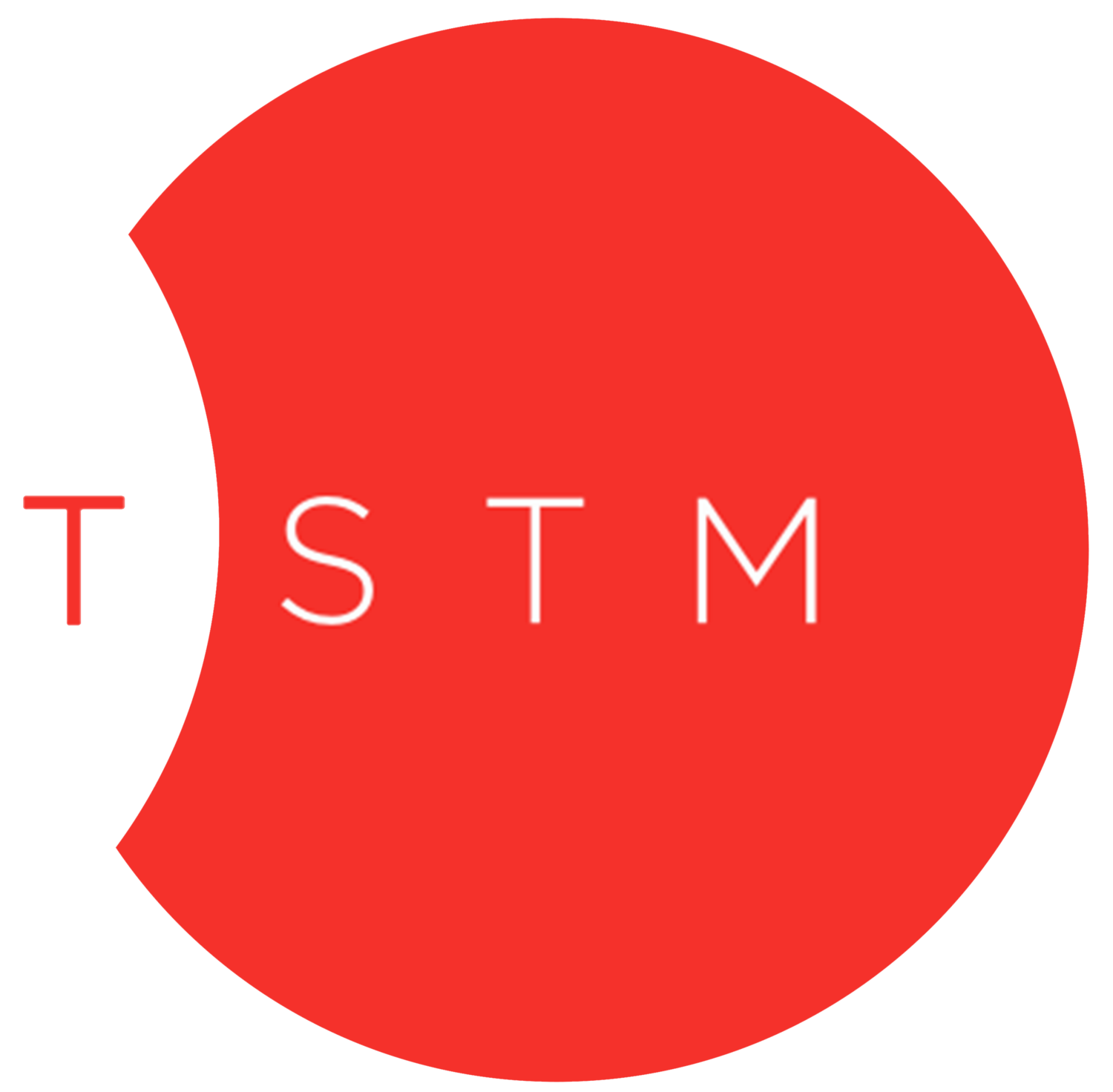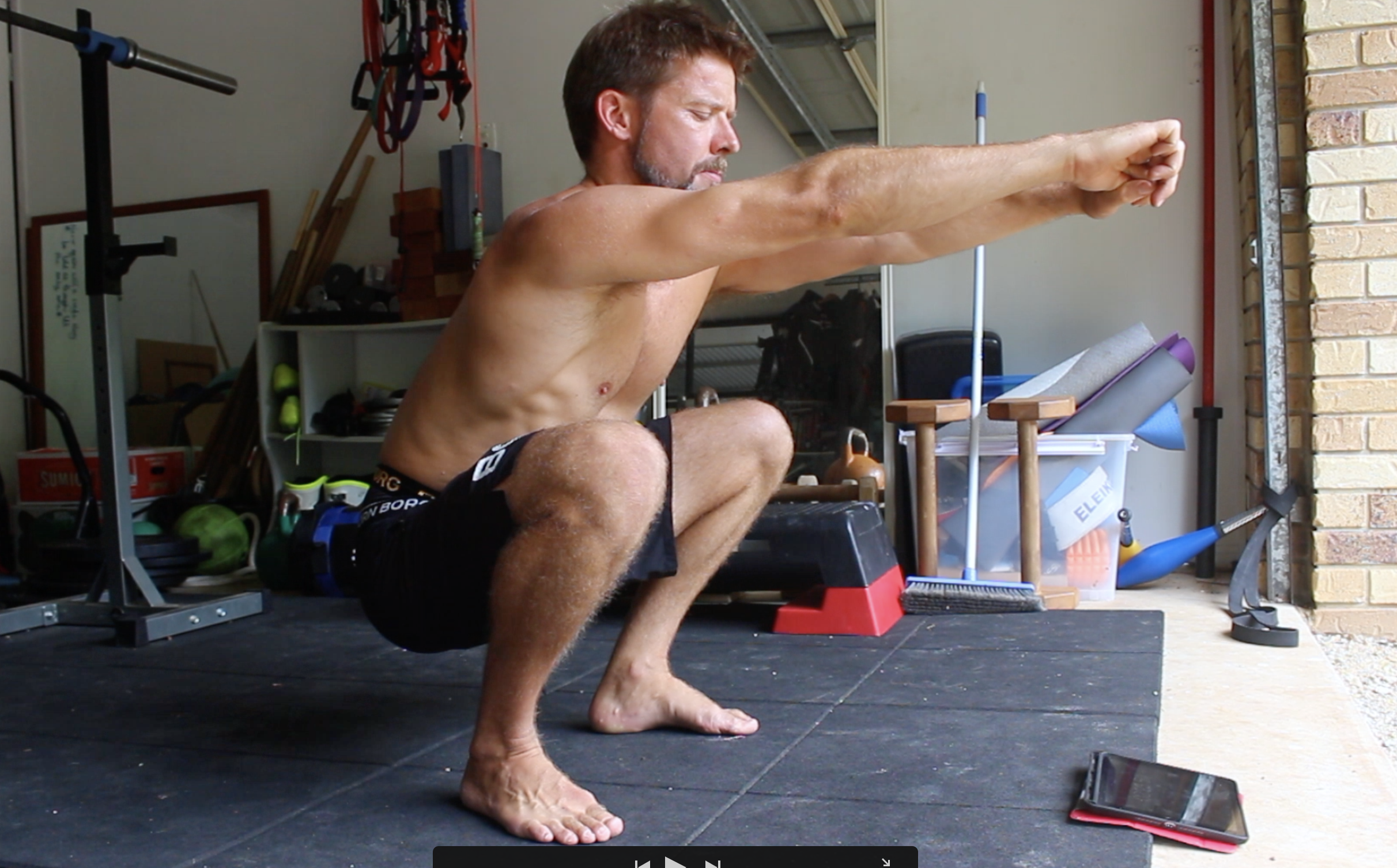In the dynamic world of human biology, there's a microscopic hero that holds the reins of our energy levels and overall vitality: mitochondria.
These powerhouse structures, often hailed as the "energy factories of the cell," work tirelessly to transform the calories we consume from carbohydrates, fats, and proteins into usable energy in the form of adenosine triphosphate (ATP).
But here's the fascinating part – a significant chunk of these cellular powerhouses resides in our muscles.










